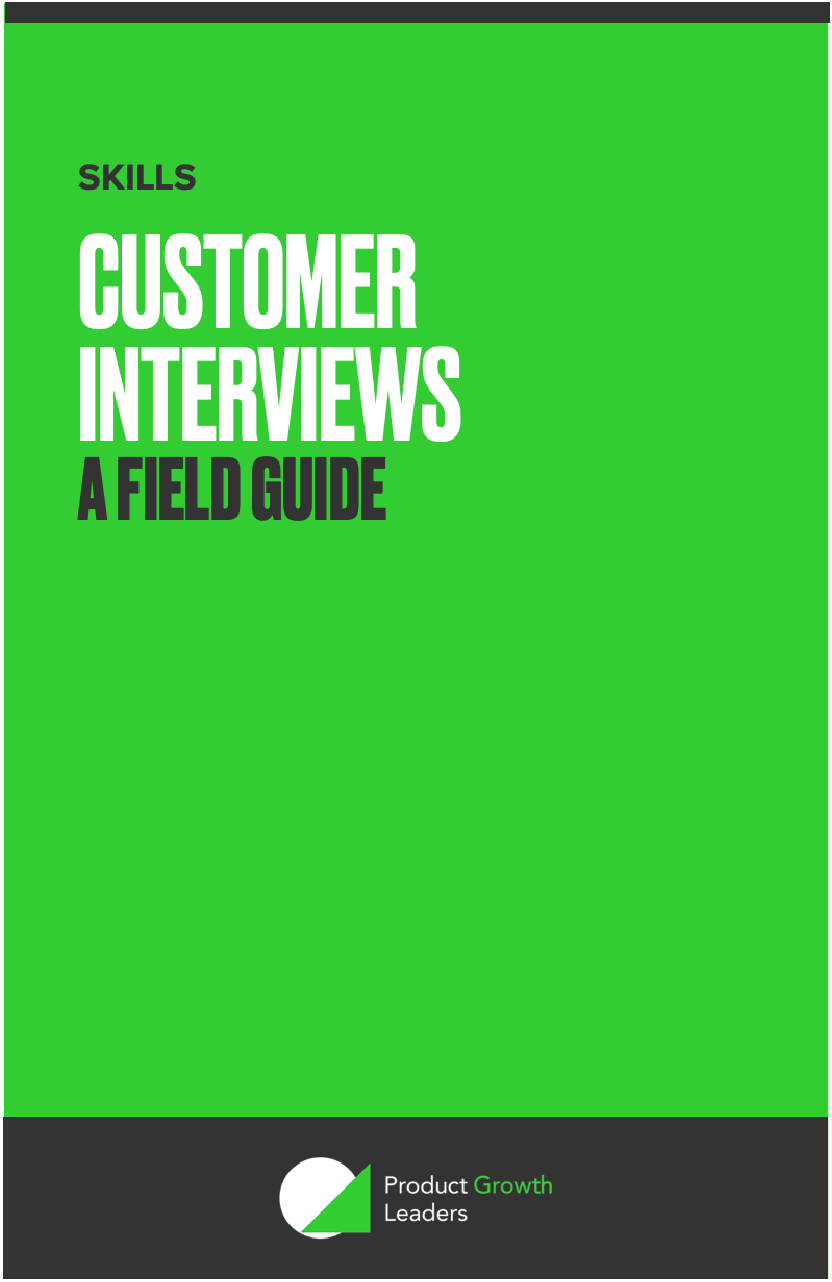Customer Discovery: the product leader's secret weapon
- Steve Johnson

- Aug 1, 2023
- 3 min read
Updated: Mar 1

Perhaps the product leader's most important responsibility is customer discovery. Some call it “understanding the market” or “finding problems to solve” or “getting the jobs to be done.”
Whatever you choose to call it, nothing else brings as much value to the health of a product as personal experience with existing and potential customers.
To know that we know what we know, and that we do not know what we do not know, that is true knowledge.—Confucius
What is customer discovery
Every concept in your product—its target buyer and user, the feature-set, price, positioning, and so on—is a hypothesis. Everything in your product brief is an assumption. Each of these items must be validated to reduce your risk.

Customer discovery research is how you validate every assumption in your plan.
Don’t rely (only) on salespeople
Just ask RIM. They decided the cellular providers were the customer. So they listened primarily to salespeople. When the telcos said, “Don’t put a web browser in the phone. You’ll break our network,” the Blackberry leaders said, “Okay, no web browser in the phone.” Apple said, “Okay, well, we’re putting a web browser in the phone, so you better fix your network.”
Apple understood that the people who USE the phone are the customers. The telcos were the channel; they were the shelves. Stores don’t BUY products; they carry them. And return what they can’t sell.
Don’t rely (only) on analyst research
There’s nothing wrong with analyst research except that it’s secondary. They’re not asking the questions you need to answer. Secondary research merely informs a conclusion.
Secondary research is any research that is not designed to achieve your objective. Analyst research, census data, a marketing survey, an anecdote from a salesperson, and net promoter scores are all secondary to proving your hypothesis. Primary research includes observation, interviews, focus groups, and surveys purpose-built for your product assumptions.
A team presenting an exciting product idea to their board. The idea had great potential with a huge upside. One of the board members asked, “Who did you talk to?” The product leader listed a typical list of industry analysts. The board member asked again, “But who did you talk to?” And the product leader was befuddled.
Research is like learning to write a bicycle. You learn it by doing it. You can’t get the same experience by reading other people’s accounts of it.
Or perhaps a better analogy is hiking. If you’re planning on hiking the Appalachian Trail, it’s good to read a few books, particularly A Walk In The Woods by Bill Bryson (it’s hysterical). But until you’ve walked 18 miles in a single day and slept overnight in a ramshackle cabin, you don’t really understand what hiking a 2200-mile trail entails.
Nothing beats personal experience with the people who will buy and use your products. As it relates to customer discovery, nothing important happens in the office.
You know you should be listening to the market, but where should you begin?
Get the free ebook, Customer Interviews: A Field Guide.
Customer discussions reveal their problems but also yours: problems with your product, your promotion, and your selling approach. Customers will tell you—in their own words—ways to improve every step of your product development and delivery. This information is critical within your organization.
Want more tips on customer research? Join our free on-demand program, 8 Research Techniques for Product Managers.
Explore the methods of research that should be in the skillset of every product professional: interviews, observation, experiments, surveys, and more.
5 video modules; 17:49 playing time. Watch the videos on your own schedule without any time limits.




